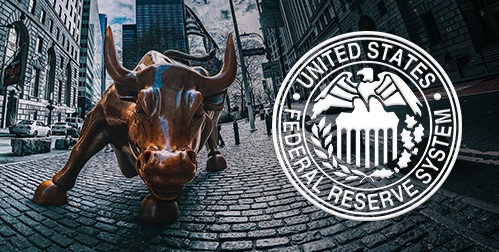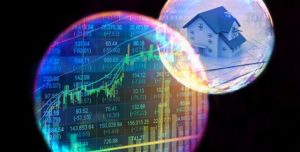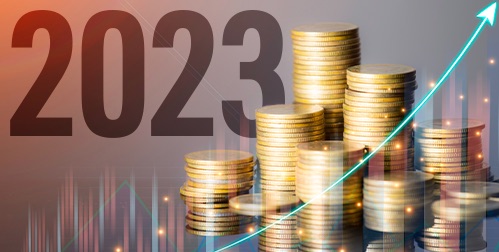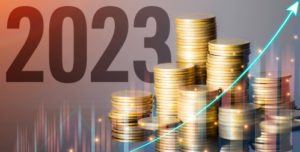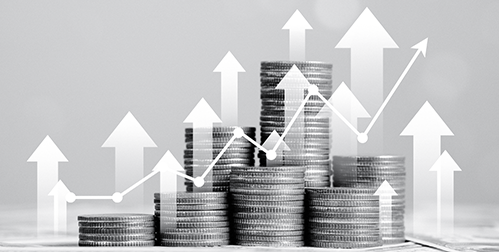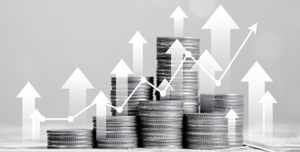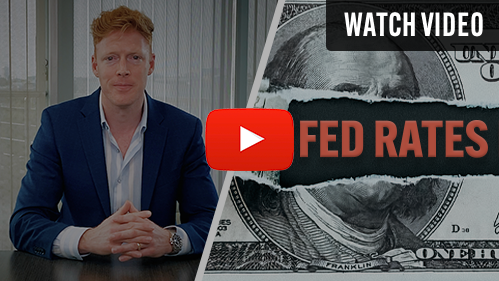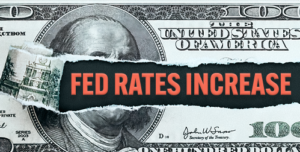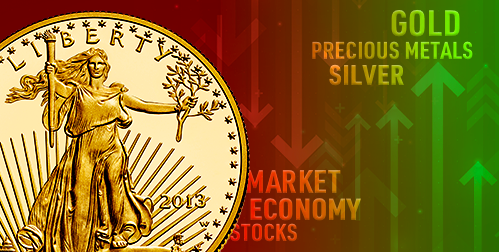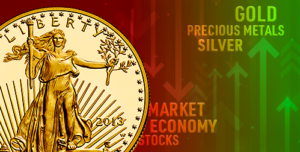- Subjective inflation data is used to try and predict which way the markets will go
- Wall Street traders see inflation going down vs. the Fed who thinks inflation will linger
- As a result, the only thing investors can count on is higher market volatility
What Inflation Data Means to Investors
Before every Consumer Price Index inflation report comes out, there is tense speculation. Is inflation falling or rising? Will the market rally or collapse? Every bit of data is analyzed to determine what the Fed will do next. Even though the Fed clearly states their position. There is what the markets want and what the Fed wants. Somewhere in between, lies the best course of action to protect the value of your retirement funds.
Economic data so far has been unclear. Overall inflation is dropping. But core inflation, the rate when volatile fuel and food have been removed, is increasing. Wage growth is easing which should reduce inflation. Yet unemployment is also easing, which means inflation should remain steady.
Based on trade data, Wall Street expects inflation to fall faster than economists and Fed officials do. The Fed Fund Futures market bets on the inflation rate. It sees inflation coming down to 2.5% in the next seven months.
Federal Reserve projections say inflation will remain well above 3% until 2024. Fed officials have clearly signaled that interest rates must be raised above 5% to hit their 2% inflation target.1
Investors seem to be forgetting a basic rule. Don’t fight the Fed. The disconnect between Wall Street and the Fed will result in more market volatility ahead. “I think at some point the markets will realize, ‘oh we can’t get to 2%,” and then the markets probably do sell off on that. I think maybe in short term [the stocks go] up and then in the second quarter, they go back down as people realize that 2% is not realistic,” said chief strategist at Spouting Rock Asset Management.2
BlackRock is the world’s largest asset manager. They have $10 trillion in assets under management. They warn that investors are underestimating the threat of stubborn high inflation and elevated interest rates. They see inflation running hot well into 2023. The firm sees little chance of the Federal Reserve cutting rates even if the economy slides into recession. “Even with a recession coming, we think we are going to be living with inflation,” they wrote. “We do see inflation cooling as spending patterns normalize and energy prices relent – but we see it persisting above policy targets in coming years.”3
As the ‘will they’ ‘won’t they’ debate plays out about interest rate hikes, the market continues to struggle. All three major indexes fell this past year. The Dow Jones Industrial Average ended the year down 8.8%, the best of the three. The S&P 500 sank 19.4%, while the tech-heavy Nasdaq Composite plunged 33.1%.4
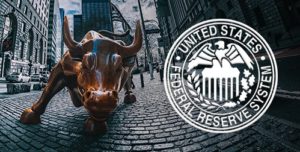
Longest Bear Market in History
A study by Motley Fool shows that this may turn into the longest bear market in history. Most bear markets turn around in under a year. As of the closing bell on Jan. 4, 2023, the S&P 500 had spent 282 calendar days in a bear market. And it doesn’t look close to hitting bottom. The Fed published its “Summary of Economic Projections.” It said not to expect interest rate easing until 2024. If that’s the case, and the S&P 500 adheres to this century’s average timeline to find a bottom, we’re talking about a bear market that could easily top more than 1,000 calendar days. It will become the longest on record. As of now, the longest bear market occurred between 2000 and 2002 and lasted 929 calendar days.5
Wall Street vs. the Fed. Optimism vs. history. With all the subjective data, the path to protecting the value of your retirement funds doesn’t seem clear. 99% of us aren’t in a position to know the whole truth. Investors should tune out the noise and rely on what is tried and true. The one safe haven asset that outperformed a sinking market this past year is gold. Contact us today to learn how our Gold IRA can preserve the value of your funds, no matter what Wall Street or the Federal Reserve does.
